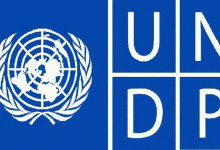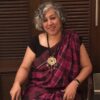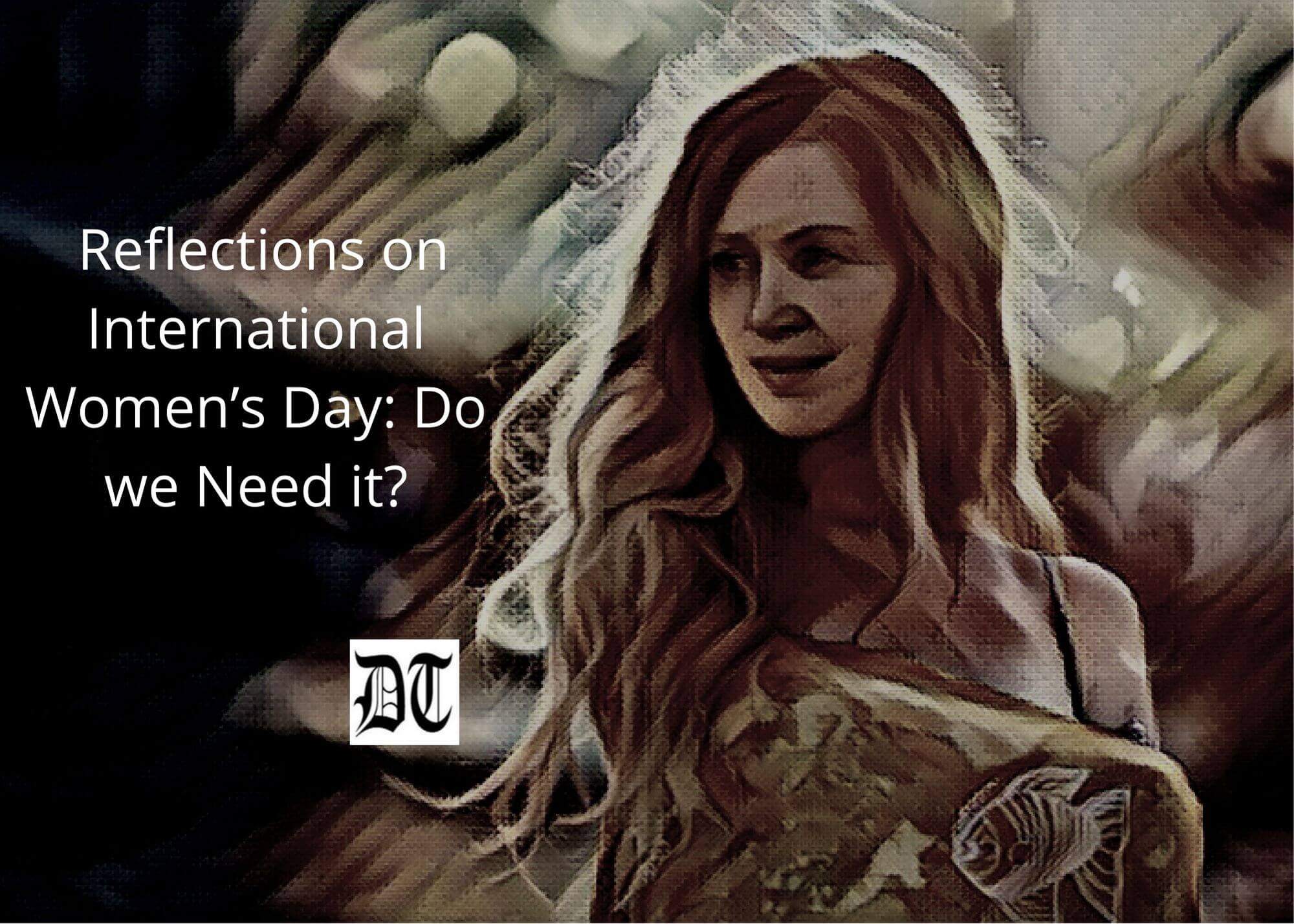There are very few mainstream news channels or news organisations that cover developmental issues with the aim of promoting ‘public service journalism’. Most organisations are lost in their need to retain profits, achieve targets in terms of audience, agenda-setting certain issues and themes which are ‘dominant’ in the political economic structure of the way news is produced in the media industry, points out Navodita, critiquing media literacy, exclusively for Different Truths.
Media literacy is often discussed with reference to the use of several media and technological aids to disseminate messages and generate meanings for a large audience. In ‘information society’ such a task entails a lot of responsibilities. In the realm of web 2.0 and user-generated media content on social media, the responsibility is doubled as a ‘producer’ of content. In this regard, the United Nations recently came up with seventeen sustainable development goals to be achieved with the help of media literacy and media education by the year 2030.
Media and Development
There are very few mainstream news channels or news organisations that cover developmental issues with the aim of promoting ‘public service journalism’. Most organisations are lost in their need to retain profits, achieve targets in terms of audience, agenda-setting certain issues and themes which are ‘dominant’ in the political economic structure of the way news is produced in the media industry. In short, there are too many limitations on the media to retain their own agendas irrespective of the pressures they have to face in running a 24×7 news channel. This definitely leads to a lack of ‘proper’ themes that need room in the media space and culture.
However, alternative media, thanks to social media and blogging, has emerged as a potent tool to promote issues of development that get left out or are neglected. These issues mainly relate to promotion of roti, kapda, makaan, bijli, sadak, paani and shiksha, swasthya, safai as Professor B.K. Patnaik says. There are  many indicators of sustainable development goals that suggest that areas like crime, corruption, mortality, healthcare delivery, education level and literacy need to be worked upon with the right use of information and communication technologies (ICTs).
many indicators of sustainable development goals that suggest that areas like crime, corruption, mortality, healthcare delivery, education level and literacy need to be worked upon with the right use of information and communication technologies (ICTs).
There has been an increase in the mobile phone penetration in villages of the country with some places even having an internet access (that can be accessed through smartphones) but no access to water or sanitation. This requires that methods to use digital literacy for empowerment should be devised in ways that can assist such marginalised communities which do not have adequate means and standards of living.
This task has been made possible by a few activists and workers to generate employment and create self-help groups for women in terms of financially empowering them through the appropriate use of ICTs. Since the trickle-down is not happening in terms of economic growth and development in the country, some goals of development as mentioned by the United Nations are poverty eradication, removal of gender inequality, ensuring food security and hunger, promoting healthcare and education, conserving environment among other areas.
Paradigms around Media Literacy
Communication research, thus, can be separated into multiple approaches that can be used to view media literacy and sustainable development. While the convergence approach focuses on policy-making around media and digital literacy, it also talks about how all forms of ICTs and internet usage fall under the larger purview of ‘new media’.
This approach explains how one needs to imbibe the right meanings generated through ‘online media content’ as multiple media messages are being generated out there, some of which maybe distorted as well. The human rights approach discusses how certain media content even in mainstream channels violates certain codes around human rights, especially pertaining to violence and resistance and protests. A lot of visuals and pictures on the web promote a lot of stereotypes or propagate a certain traditional mould which need to be questioned in the larger context of social and economic rights of women, tribes and marginalized communities. Then we also have an empowerment approach which discusses how new media maybe used for empowering citizens in a world full of inequalities and injustices.
The models here discuss ways to socially and economically empower citizens to change their lives with the right amount of media education imparted to them. While knowledge-societies approach discussed the ‘information economy’ and devising ways and tools to decipher various media messages in social media, it questions the way meanings are imbibed by diverse audience.
Finally, we have the gender-based approach which talked about how a sexual identity is one thing, while gender as a ‘social construct’ another. Due to social media activity, lot of stereotypes are created around gender roles in different communities. One needs to have the maturity and literacy to look beyond the definitions of what it means to be male or female in the society they live in. It is maintained that in majority of instances, inequalities are promoted due to such stereotypes around gender roles, which may possibly not exist in certain tribal communities. This brings us to the question around ‘global culture’, ‘cultural chaos’ as opined by Brian McNair or ‘global village’ by Marshall McLuhan.
Need for Media Literacy
Since lot of media content is generated by experts within mainstream media, youngsters maybe lost about how to look into meanings being generated for them, for their identity formation and for their personalities as individuals. Right from video gaming to watching uncensored content on YouTube or Instagram, youth are using the internet more than ever.
Sometimes the content is violent, sometimes outrageous, while at others plain and simple unsafe for them to watch. With news of certain youngsters getting trapped in the mindless ‘Blue Whale’ gaming spree, or even incidents of some committing suicide in group suicides associated with certain chatrooms, youngsters need to be educated about how to differentiate ‘good’ from ‘bad’ on the internet; or how to separate  ‘valuable content’ from ‘useless content’.
‘valuable content’ from ‘useless content’.
Moreover, media literacy is important to gauge the levels of stereotypes it can promote in a society. In today’s age of globalisation, is cultural homogenisation really needed or we need to retain the culture of local communities and groups? At the same time, does the promotion of stereotypes within the media generate a sense of intolerance and hatred between different communities?
Hate crimes are on the rise and there is a need for peace, intercultural and non-violent communication that should be encouraged in order that it should truly work as a ‘fourth pillar’ of Indian democracy. The voices need to be heard, not shut down or crushed as promoting ‘dissenting voices’ within the media generates a sense of freedom of speech and expression as ascertained in Article 19 1 (a) of the Indian Constitution.
©Navodita Pande
Photos from the Internet
#IndianConstitution #Democracy #Suicide #Media #Literacy #SocialSites #CulturalHomogenisation #DifferentTruths






 By
By
 By
By
 By
By